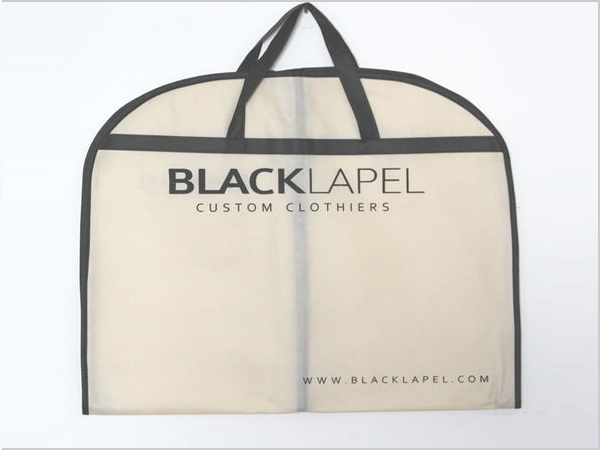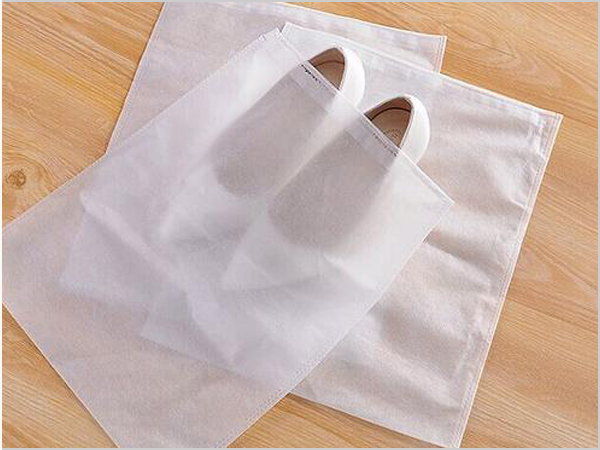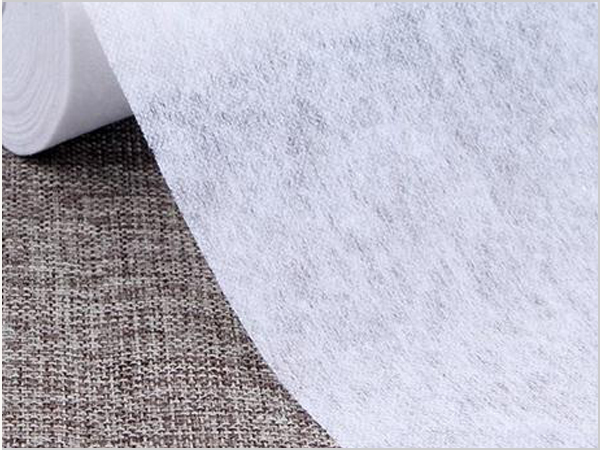- Why can spunbond nonwoven fabric dominate the market?
- Foreign trade exports are moving forward under pressure, with both resilience and challenges coexisting
- Explore the environmental protection characteristics and application fields of PP non-woven fabric
- The rise of the Latin American market is expected to become a new growth pole for China's textile foreign trade
- The production process of spunbond nonwoven fabric determines its unique characteristics!

- Telephone: 0551- 66779966
- Cellphone: 18955130444
- Email: 58792982@qq.com
- Address: Building 1-2, East of Wubu Village Section, Hehuai Road, Wushan Town, Changfeng County, Hefei City, Anhui Province
Recently, the China Textile Industry Federation organized a questionnaire survey on "Building a modern industrial system". Received positive feedback from key enterprises in the chemical fiber industry, as of July 14, a total of 93 valid questionnaires were received from enterprises, covering polyester, nylon, recycled cellulose fiber, recycled fiber, spandex, polypropylene, Vinlon, high-performance fiber, bio-based fiber and other sub-industries, with a strong breadth and representation.
First, the industry shows a gradual recovery trend, but also need to focus on expanding downstream demand.
1. The overall load of the industry is better than the same period last year, the domestic market has improved in the second quarter, coupled with the obvious growth of exports, the inventory of main products is generally at a normal level. According to the feedback of the questionnaire survey, it can be seen that the production and sales of the industry are basically stable, and the inventory is basically good (Figure 1-Figure 3). Compared with the level of the same period in 2022, the production and sales of the chemical fiber industry show a trend of recovery.
2. Enterprises' confidence in the recovery of the textile and chemical fiber industry chain needs to be strengthened.
From the perspective of the production and operation difficulties reflected by the sample enterprises, the reasons for the lack of confidence in the enterprise market are mainly as follows: first, the recovery of terminal demand is not as expected, especially the high inventory in the European and American markets, which leads to the reduction of downstream orders and affects the upstream raw material sales; Second, the international situation is complex and changeable, the price of raw materials fluctuates greatly, coupled with the downward transmission of prices is not smooth, and the cost side continues to pressure; Third, some industries have more new capacity, structural overcapacity in some areas has become an unavoidable problem at the current stage, and homogenized competition has compressed the economic benefits of enterprises; Fourth, strong competitiveness, high value-added products are relatively few, and the premium ability is insufficient; Fifth, the international trade friction is constant, anti-dumping and countervailing events against the export of chemical fiber products in China have reduced its export competitiveness; Sixth, labor costs rise, resource factors rise, coal to gas costs sharply, resulting in rising production costs; Seventh, small and medium-sized enterprises are relatively difficult to credit, prone to the problem of capital turnover difficulties.
3. The survey found some common problems in the operation of the industry, which provided key directions for further doing a good job in the service work of the industry. The first is to integrate industry innovation resources, to guide enterprises to carry out technological innovation, management innovation, system innovation, mechanism innovation, and constantly improve the competitiveness of enterprises; Second, strengthen policy support to guide enterprises to high-end, intelligent, green transformation and development; Third, continue to strengthen the policy of expanding domestic demand, and the industry should organize a variety of activities to promote consumption, further boost terminal consumption, and guide green consumption; The fourth is to give more support to product exports, such as guiding enterprises to form groups to "go out" and participate in overseas related exhibitions to win more orders; Fifth, provide more financial support to the real economy; Sixth, we will continue to increase tax and fee cuts to reduce energy and labor costs for enterprises. The seventh is to guide enterprises to invest prudently, promote the sustainable development of the industry, and avoid blind expansion of enterprises; Eighth, accelerate the orderly withdrawal of backward production capacity, focusing on supporting the application of advanced technology devices and low-energy equipment.
- Why can spunbond nonwoven fabric dominate the market?
- Foreign trade exports are moving forward under pressure, with both resilience and challeng
- Explore the environmental protection characteristics and application fields of PP non-wove
- The rise of the Latin American market is expected to become a new growth pole for China's
- The production process of spunbond nonwoven fabric determines its unique characteristics!
- The global trade landscape is undergoing significant changes in 2025
- The 11th China International Silk Conference was held in Shengze
- What are the core advantages of spunbond nonwoven fabric?
- What are the magical aspects of the manufacturing process of spunbond nonwoven fabric?
- The textile industry is enjoying dual policy benefits



